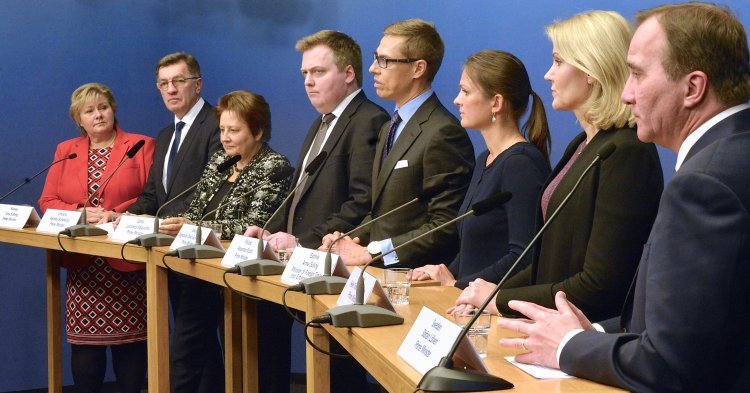Freedom of movement is mostly understood in the context of pensioners moving to warmer climates, migrant workers seeking to establish themselves several countries removed from their own, or as students studying abroad. This perspective, however, offers only a limited understanding of the reality of freedom of movement. A key element in one of the EU’s four pillars is the position of cross-border workers. Such labourers, whether truck drivers or white-collar professionals who commute every day, constitute a vital component to the functioning of border areas, whether along the Pyrenees, the Alps, or the Rhineland. Whilst many of these citizens may travel a shorter distance than many nationals within their own countries, they continuously cross borders. It thus becomes necessary to treat such contiguous transnational territories as what they are: Euroregions.
Solutions are only meaningful in the presence of problems. In the case of border areas, numerous issues arise. Access to pensions and mortgage loans is oftentimes severely curtailed on the basis that a citizen may live in one state but be paid in another. The establishment of joint regional pension schemes or unemployment benefits, which offers more fluidity and freedom of action for its recipient, could greatly improve the quality of life for many. As for young people, acceptance of foreign language documentation, as well as transnational university application processes, would enhance students’ freedom of choice. Such alternatives are conceivable for virtually any sector of public and private life.
To many, this might come across as a purely theoretical and abstract notion. The truth, however, is that it has already been tested. The Nordic countries constitute one of the world’s most integrated regions – if not the most integrated one. Harmonised legislation, implemented through the framework of the Nordic Council, enables its citizens to make the most of what the region has to offer. A success such as the one in question is multi-layered, and is inevitably a decades-long project. It is, however, a feasible one. Large-scale infrastructure investment – such as the Øresund Bridge connecting Copenhagen and Malmö across a strait –, combined with technological consistency, near-identical administrative procedurees (such as police registration or automatic voter registration), produces a seamless transnational zone, rather than resulting in stark contrasts. In some cases, this can be a matter of law and order, with Finnish and Swedish police being able to operate in each other’s border areas in cases where the other country’s police authorities finds itself too far away.
The preservation of cultural and linguistic rights of historic minority groups is yet another worthwhile goal which could be encouraged. Through regional integration, the rights of these Europeans could be reaffirmed without necessitating emigration or significant expenditures by the majority population. Its proper application could alleviate the internal tensions which still exist in many territories, such as the island of Ireland or the Old Hungarian Territories.
So, how would one demarcate these new ‘mini-unions’? Four key criteria ought to be used: a) geography, b) history, c) language, and d) economic interdependence.
Naturally, these endeavours will need to be contiguous (with the obvious exception of islands and overseas territories) in order for them to have any effective practicability. A shared history often times reflects historical integration and where a potential underlying framework could be expanded upon. Similarly, linguistic relationships, which manifest themselves in the form of joint educational endeavours or common legal practices, makes integration far more feasible without requiring the training of a whole new generation of civil servants. And finally, with the economy acting as a ’glue’ that binds such areas together, as well as reflecting the everyday reality and needs of integration.
Scandinavia, the Benelux countries, the Visegrad group or the Baltic republics – all of the above have the potential to move in said direction. The most important requirements are ambition and political will. It is here, perhaps, that the idea might become less feasible: the creation of ‘mini-unions’ would inevitably reduce the power wielded by the very politicians who ought to promote them, making such integration difficult to envisage.
Yet this is not an insurmountable problem. National leaders and governments must take the initiative, whilst the EU should enable the creation of such complementary mini-unions, allowing them to co-exist within the European project. Without strengthening the former, the latter will inevitably becomes weaker.

Follow the comments: |
|
